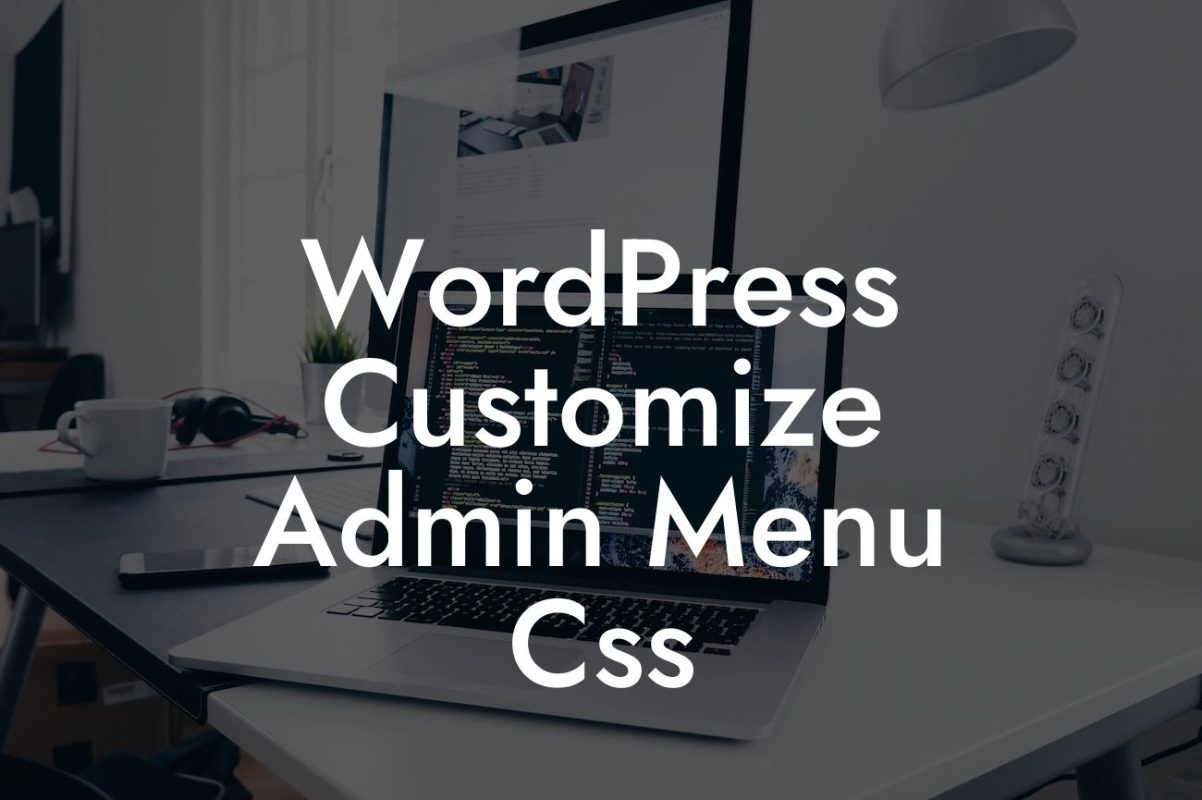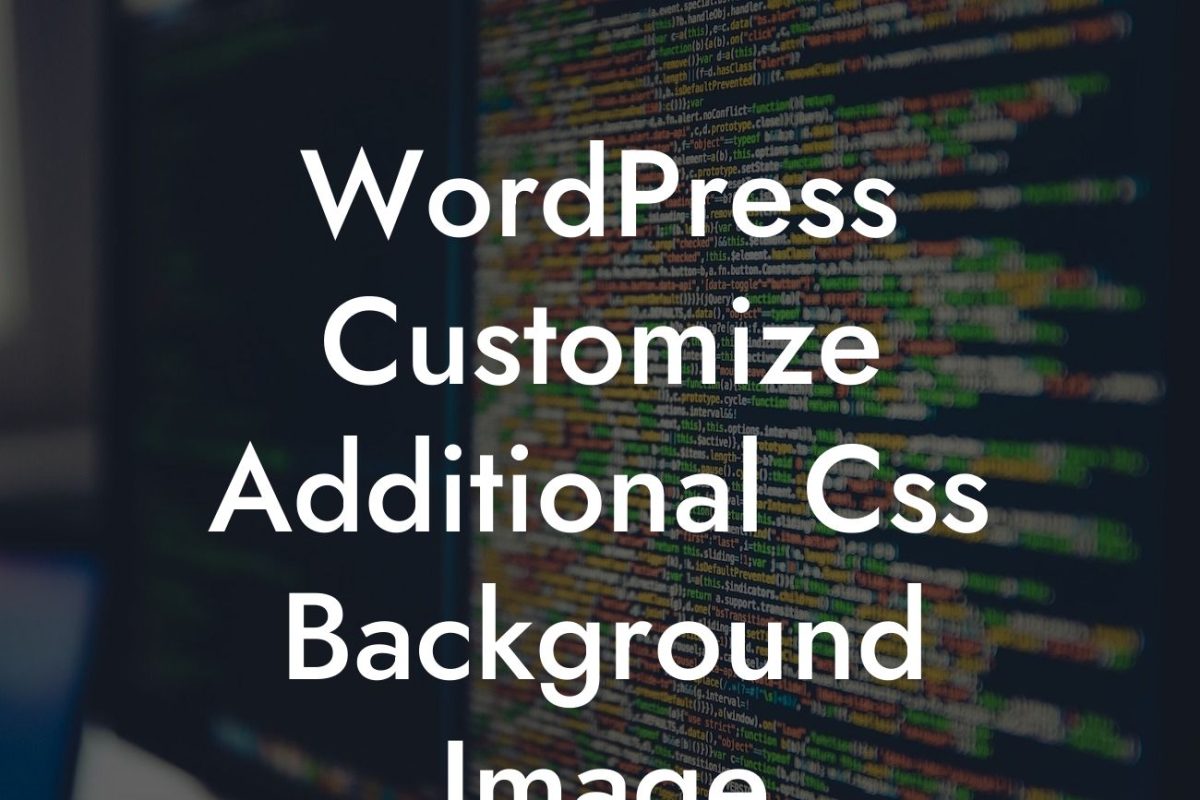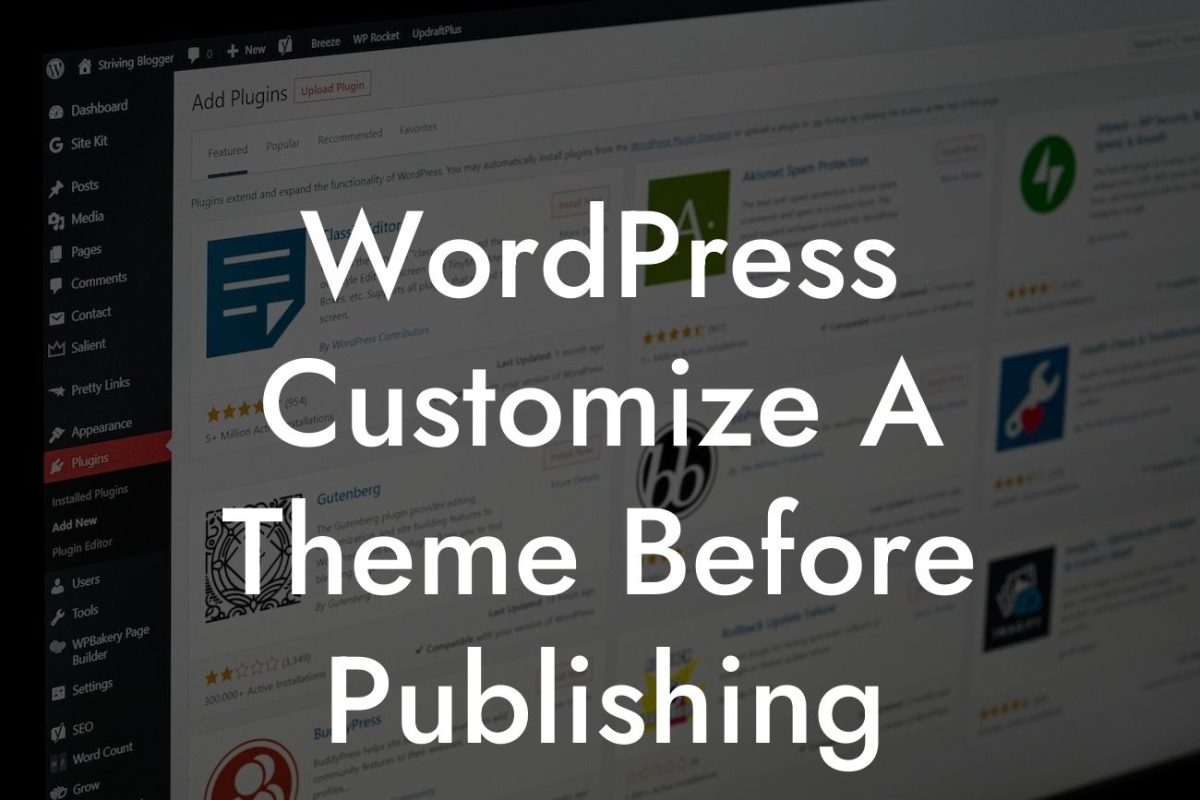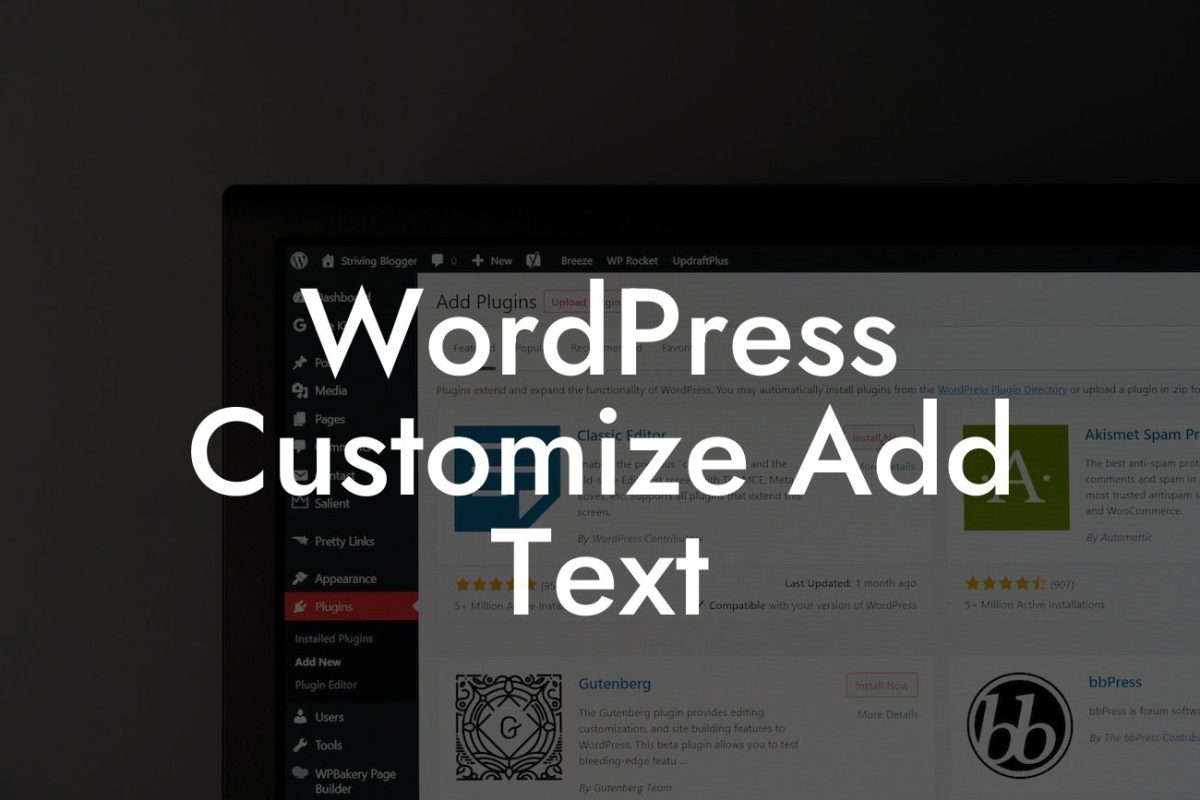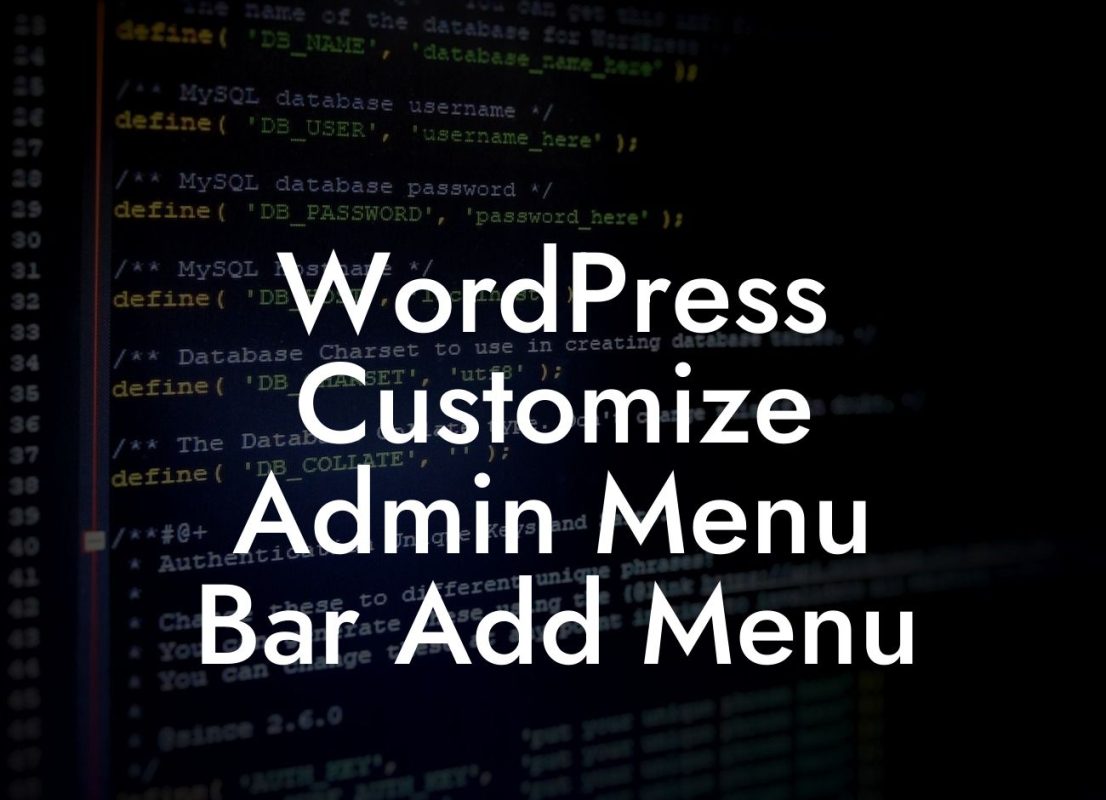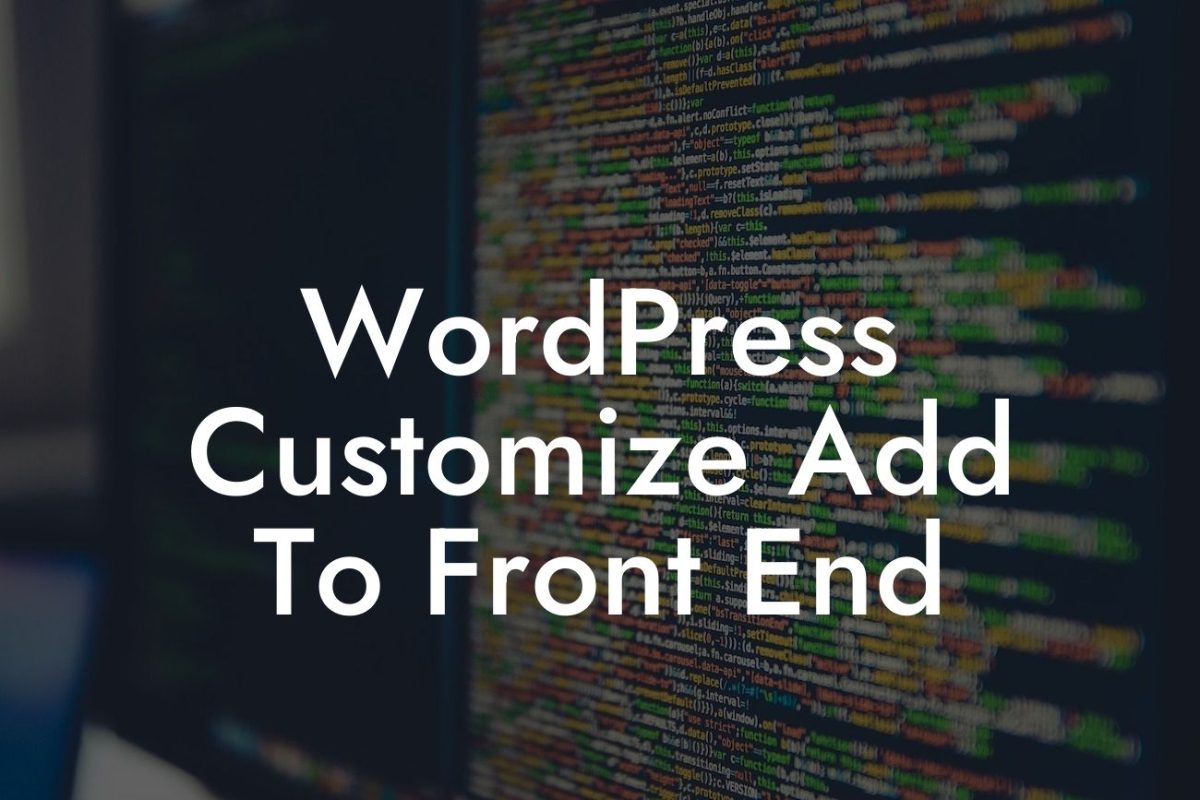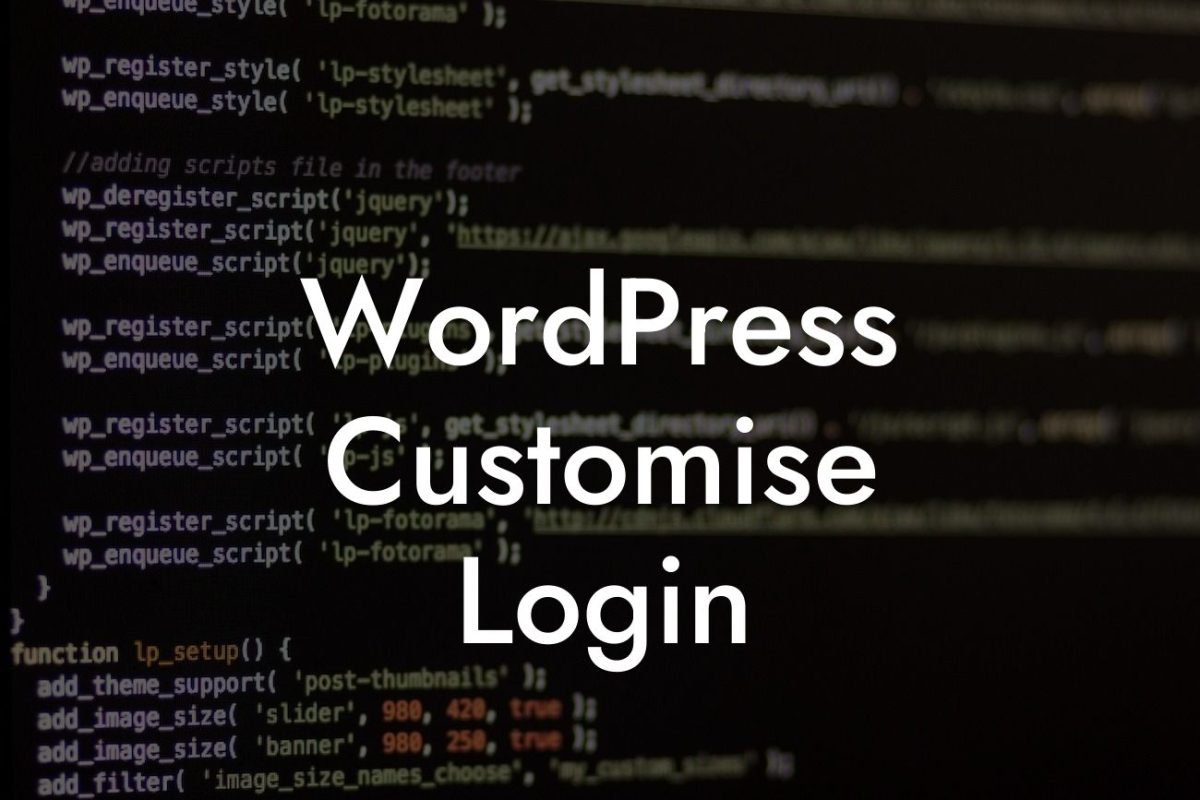Are you a small business owner or entrepreneur looking to customize your WordPress template with filters to enhance your online presence? Look no further! In this in-depth article, we will walk you through the process of customizing your PHP WordPress template using filters. With our step-by-step guide, you can easily take your website to the next level and make it truly unique. So, let's dive in and explore the wonders of customizing your WordPress template!
Customizing your PHP WordPress template With Filters
When it comes to WordPress customization, filters play a crucial role. Filters allow you to modify the default functionality of WordPress and make it tailored to your specific needs. With filters, you can manipulate various aspects of your website, such as titles, content, meta tags, and more. By understanding the power of filters, you can take full control of your WordPress template customization.
1. Understanding WordPress Filters
Before diving into customization, it's important to grasp the concept of filters. In WordPress, filters are functions that take an input and modify it before displaying the output. These filters are typically used in themes and plugins to alter the behavior and appearance of WordPress.
Looking For a Custom QuickBook Integration?
2. Locating the Appropriate Filter
To customize your WordPress template, you need to identify the correct filter for the specific element you want to modify. This often involves inspecting the template files or consulting the WordPress documentation for available filters. Once you find the right filter, you can apply your modifications easily.
3. Modifying Template Elements
Now that you know how filters work and have located the appropriate filter, it's time to modify the desired template element. Using the add_filter() function in your functions.php file, you can hook into the filter and apply your customizations. Whether it's changing the title format, altering the layout, or adding custom meta tags, filters offer endless possibilities.
Php Wordpress How Customize Template With Filters Example:
Let's consider a practical example of how to customize a WordPress template using filters. Suppose you want to customize the title of your blog posts by adding the category name at the end. By using the 'the_title' filter, you can easily achieve this. Here's a code snippet to get you started:
```php
function customize_post_title($title) {
if( is_single() && in_category() ) {
$category = get_the_category();
$category_name = $category[0]->cat_name;
$title .= ' - '.$category_name;
}
return $title;
}
add_filter('the_title', 'customize_post_title');
```
Congratulations! You have successfully learned how to customize your PHP WordPress template with filters. By harnessing the power of filters, you can now make your website stand out from the crowd and create a personalized online presence. Remember to explore other guides on DamnWoo to unleash the full potential of WordPress customization. And if you're ready to take it to the next level, try out one of our awesome plugins to supercharge your success. Don't forget to share this article with fellow entrepreneurs and small business owners to help them elevate their online presence too!


